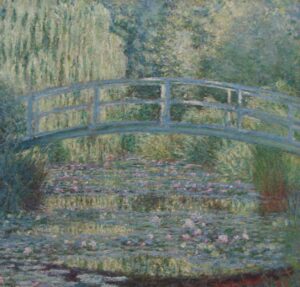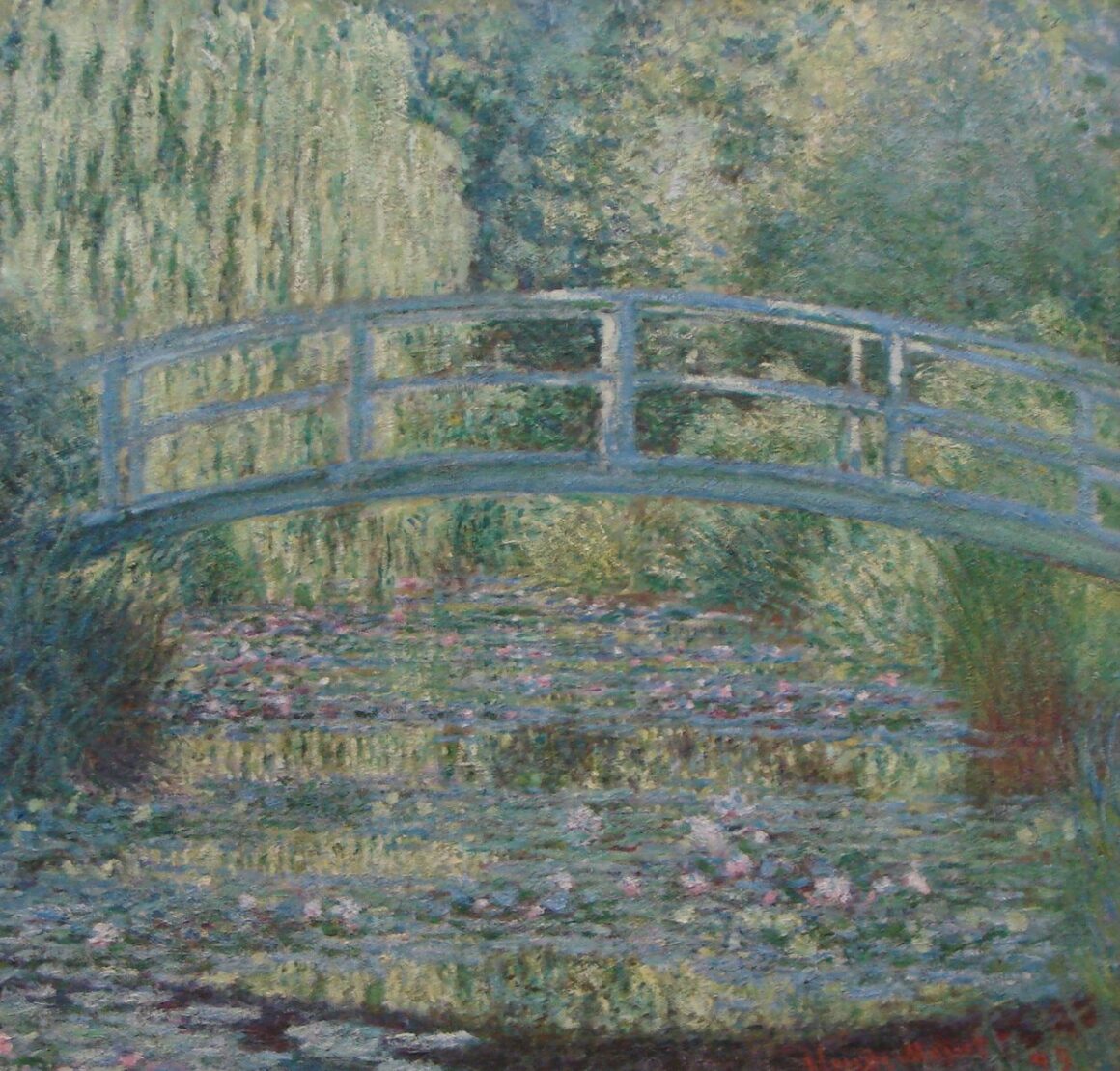
Water Lilies by Claude Monet (photo from Wikimedia Commons)
Prepare for Exploration
Innovating Amidst Resistance
Imagine innovators disrupting a conservative sector, confronting an entrenched establishment with determination and tenacity, leveraging new technologies, and successfully addressing emerging client needs. While this might bring to mind entrepreneurs like Elon Musk of Tesla or Travis Kalanick of Uber, it actually describes Claude Monet and the Impressionists. Between the 1860s and 1880s, Impressionists broke from traditional artistic conventions established during the High Renaissance of the 15th and 16th centuries, with artists like Leonardo da Vinci, Raphael, and Michelangelo, paving the way for modern art.
They were a diverse group of artists, from Edgar Degas’ bourgeois upbringing to Claude Monet’s middle-class background and Pierre-Auguste Renoir’s working-class roots, united in their revolutionary vision.
Experiencing Impressionism
Imagine entering the first Impressionist exhibition in the 1860s in Paris. Used to classical artworks with harmonious, balanced colors evoking realism and beauty, a close sight of Impressionist paintings might seem like disconnected brushstrokes. Stepping back, you witness a vibrant festival of light and color. Scenes come to life: Degas’ dynamic ballerinas, Monet’s water lilies, Pissarro’s leafy suburbs, Renoir’s sunlit bourgeoisie and Sisley’s tranquil rivers.
Seizing Tech, Social, and Political Disruptions
The Impressionists embraced France’s social, political, and economic structural shifts. They captured the spirit of a society eager to enjoy life and engage with a transformed urban landscape. They seized the opportunity presented by the introduction of portable paint tubes, enabling them to leave their studios and paint en plein air, capturing fleeting beauty. Instead of lamenting the decline of the traditional portrait painting market due to the increasing popularity of photography, they explored new artistic avenues.
Relevant Characters
The impressionists success was supported by influential figures like the renowed writer Charles Baudelaire, who provided intellectual backing for their ideals, and art dealer Paul Durand-Ruel. Predecessors like J.M.W. Turner, Eugène Delacroix, and Édouard Manet each defied norms and created the first fissures in the establishment, paving the way for Impressionism. In this captivating journey of the Impressionists towards success, it is also fascinating to explore why artists like Mary Cassatt, and Zacharie Astruc, who participated in the groundbreaking 1874 impressionist exhibition, later faded into relative obscurity. There were also opponents, such as Ernest Meissonier, a respected member of the Académie des Beaux-Arts, who fiercely refused their inclusion in the Salon de Paris. This stance, was influenced by a mistaken definition of the Académie’s purpose, ultimately defined Meissonier legacy and overshadowed his past as a celebrated classical artist. In contrast, Napoleon III fostered their success by establishing the Salon des Refusés (from the Salon de Paris) in 1863.
Finally, Louis Leroy, the pessimistic critic that every successful venture faces early on, ironically coined the term ‘Impressionism’ in a harsh, satirical review of Monet’s painting Impression, Sunrise in 1874. Photo from Wikimedia Commons

Legacy and Business Parallels
Entrepreneurs today can draw inspiration from these pioneering artists by embracing their spirit of innovation, determination, and perseverance. Reflecting on their own entrepreneurial environment, they can draw parallels to identify key players, understand dynamics, and overcome obstacles. For example, they might consider whether regulatory bodies or industry associations serve a role similar to the Académie des Beaux-Arts, and who embodies the supportive influence of Napoleon III or Paul Durand-Ruel. I encourage you to delve further into the upcoming Impressionism journey insights (coming soon on Artcipation). Discover the intriguing parallels between these pioneering artists and today’s entrepreneurs, and delve into the fascinating stories of the movement’s influential figures. Learn about the significant injustice in how the Impressionists are perceived today, and join us in contributing to rectifying this misconception and celebrating the true legacy of the Impressionists.
* * *
Jose Taboada – Founder of Artcipation | Corporate Strategist
Key Sources: Musée d´Orsay; Will Gompertz
© 2024 Artcipation
Comment Article on:
Do you want to receive more information about this topic?
Subscribe our Mailing List today!

